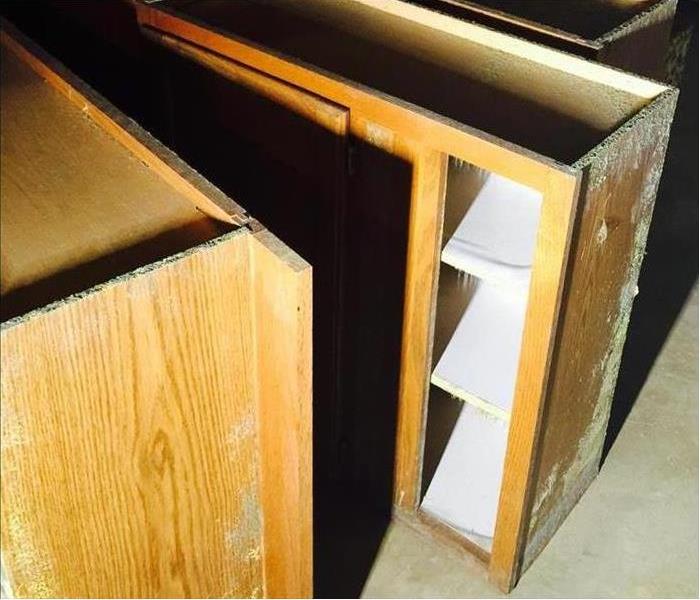St. Charles Home Health: The Key to Mold Control is Moisture Control
2/20/2019 (Permalink)
Have you scrubbed, scoured, and cleaned moldy spots in your home only to find the pesky mold growing back or growing in another area of your home? The problem may be high moisture levels. Mold spores are a natural part of the environment and are always present in your home, but when humidity levels are high, or there’s a water source, such as a leak, mold begins to grow. The key to controlling mold infestations is controlling moisture in your home. SERVPRO of St. Charles are mold remediation experts, and we would like to share with you the best moisture control tips to help prevent mold growth in your home.
The Key to Mold Control
Check humidity levels indoors.
Mold thrives in high humidity environments, and the best way to know the moisture level is to measure it. Hygrometers are hand-held devices that measure moisture levels in the air. They can be used both indoors and out, and are found at hardware stores often near the thermometers. Hygrometers can be built into other appliances such as humidifiers and dehumidifiers. If the humidity level is more than 50%, take extra measures, such as those described below, to reduce moisture levels and reduce the chance of mold growth.
Use a humidistat to control humidity levels indoors.
While the hygrometer measures the moisture levels in the air, a humidistat controls it. Commonly built into other appliances like air conditioners and dehumidifiers, humidistats regulate indoor moisture to your preferred preset level. Appliances with humidistats often come with a higher price tag, but they are often worth the additional cost since the average humidity levels are about 60% in the St. Charles, Batavia, and Geneva area.
Use your air conditioner to reduce humidity.
If you don’t have a humidistat, you can use your air conditioner to help dry out the air. Instead of running cold air all day, program your a/c to run at 72 degrees for about 2 hours before sunrise and at 85 degrees the rest of the day. Opening windows and using fans are also helpful, however if humidity is already high outdoors, it’s best to use your air conditioner for air circulation and moisture control.
Use your exhaust fans.
Moisture levels can rise quickly in your kitchen and bathroom. Make sure that the exhaust fans are in good working order and clean. Range hoods can get clogged with grease that prevents optimum ventilation so be sure to clean it often.
Correct leaks quickly…even small ones.
It may be tempting to place a bucket under a slow leak and tend to it later, but any excess moisture in the home invites mold growth. Buckets overflow, leaks are forgotten or get worse, and before you realize it, you have water damage and mold growing in your home. As soon as you find a leak, fix it and promptly dry any wet areas. If water damage is extensive, hire a trusted water damage restoration company, such as St. Charles SERVPRO, to do the clean up and repairs for you.
Controlling moisture levels in the home takes effort, but it’s worth it. Mold infestations inside the home can negatively affect health and cause costly damages−damages that can be avoided or lessened if moisture control measures are taken. For a thorough inspection of Batavia water damage and possible mold growth, call us at St. Charles SERVPRO. Also servicing the Geneva area, St. Charles SERVPRO is the mold remediation expert, and we look forward to helping you achieve a clean and mold-free home.





 24/7 Emergency Service
24/7 Emergency Service
